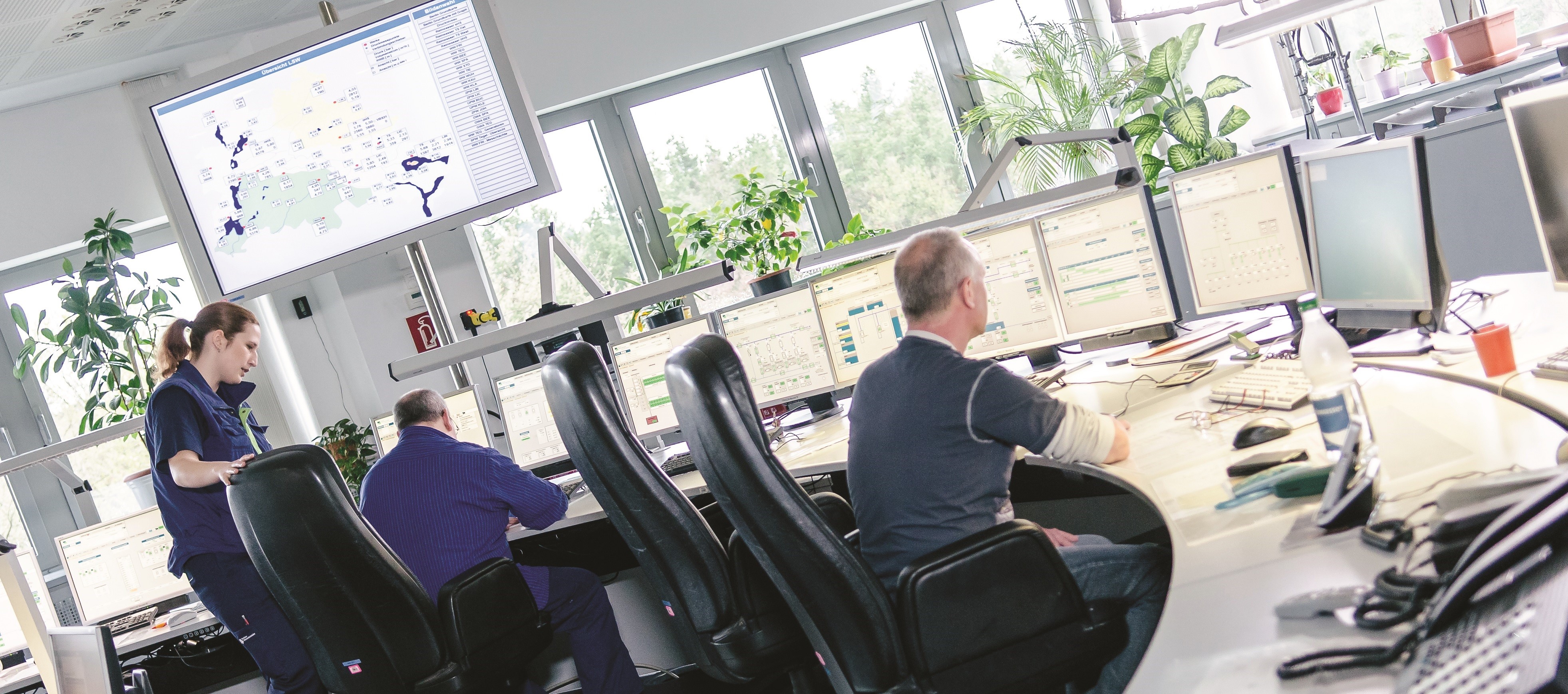
Initial situation
Berliner Wasserbetriebe (BWB) supplies Berlin with drinking water and treats wastewater with state-of-the-art and innovative technology. Their special focus is on the equally ecologically, economically and socially sustainable management of the water cycle. In this context, BWB continuously initiates and supports research projects to optimize technical processes in terms of resource use, energy efficiency and, above all, plant availability. Data-driven analysis methods represent a promising approach for anomaly detection and data plausibility checks and will be investigated for applicability to three operational issues in the context of this QuickCheck.
Problem definition
In general, the QuickCheck deals with the early detection of anomalies in wastewater pumping stations. Specifically, it deals with:
- the early detection of incipient pump blockages,
- the analysis / pattern recognition of operating conditions with high noise emissions and vibrations in surrounding building,
- and the plausibility check of the diurnal cycles of the incoming wastewater.
In the context of the QuickCheck, an exemplary pumping station is to be used to work out which of these objectives can be achieved in perspective by means of data-driven analysis methods with relatively little effort.
Solution
For the processing of the QuickCheck, BWB provided measurement data sets of approx. six months of a pumping station in Berlin as well as information on the structure of the pumping station, the plant technology (e.g. pump characteristics) and the control of the pumping station. Furthermore, BWB provided logs of failures in the pumping station (such as pump blockages or strong vibrations). First, the measured data of the eight pumps were imported, processed and plotted (a total of 54 measuring points). The fault messages were imported in machine-readable form with timestamp and error message and visualized in plots together with the pump operating data. Based on the geometry of the water collection basin, the water level and the pump discharge, inflow volume flows were calculated. During an on-site visit in Berlin, CC-KING employees were able to get an impression of the pumping station design and the control of the pumps. Due to the complexity of the plant and the data submitted, the on-site appointment was very helpful.
QuickCheck results
Regarding objective 1) Early detection of incipient pump clogging:
Based on the analysis of the generated time series plots and 3D histograms, rough characteristic curves (expected value ranges) of vibrations depending on the pump speed could be generated. It seems promising that a clogging early warning system can be implemented based on this.
Regarding Goal 2) Analysis / pattern recognition of operating conditions with high noise emissions and vibrations in surrounding buildings:
Based on the analysis of the generated time series plots, in which the high noise emissions or vibrations reported by residents were entered, only weak correlations with the operating data of the pumps (especially vibration/sound level data of the pumps) were found. Thus, it does not seem promising that these events can be detected and remedied automatically and at an early stage.
Regarding goal 3) Plausibility check of the diurnal cycles of the incoming wastewater:
Daily profiles were generated from the calculated water inflow data (with hourly averages). An attempt was made to take into account the influence of rainfall. It was found that the daily profiles show strong variations, so that an anomaly detection based only on the inflow data is probably not possible with little effort. The integrated inflow water volumes were further analyzed. These show significantly smaller variations, so that an anomaly detection based on the water volumes could be feasible.
 Competence Center AI Engineering
Competence Center AI Engineering